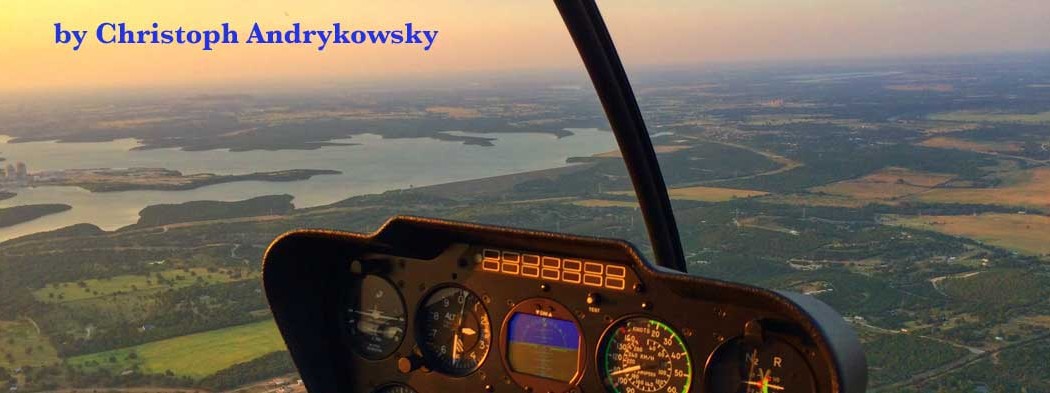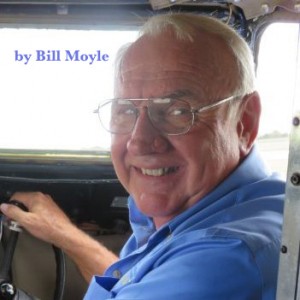It is a well known fact among aviators that there is something special about piloting a rotary-wing machine. But ask any pilot who has experienced controlling a helicopter to put into precise words how it made him feel, and the answers will invariably follow the usual enumeration of superlatives: “awesome, fantastic, incredible, out-of-this-world” underlined by a grin on their face that probably only fades after a few days.
Ask for a more precise description of the adrenaline rush and you’re likely to get no more, than the suggestion “you have to try it yourself.” So what is the seemingly best kept secret about helicopter flying that creates such an addiction?
My ‘investigation’ uncovered some possible factors: First, the fascination for helicopters goes beyond just the men and women that choose to fly them. Helicopters have become an icon of wealth, power and authority.
And helicopters have, literally, become the stuff of dreams. From an entry on the Internet: “Appearance of a helicopter in one’s dreams is suggestive of success in life, maybe at work or at home. It generally signifies that the dreamer is going to get immense success in his life, which is a result of his hard work.”
The actual piloting of helicopters seems to play a role in the addictive qualities of this activity. Some say one needs to be ambidextrous to do it. But all it takes is about 50 hours of training, only 10 hours more than the minimum for a fixed-wing license.
Nevertheless, among aviators, helicopter pilots seem to rank higher on the achievement scale. The difference can’t only be about vertical take-offs hovering and flying backwards and sideways – can it? Helicopter flying has been described as a zen-like experience (minus the noise and vibrations of course).
The circle of helicopter pilots is not homogeneous though. As exclusive as it sounds to count oneself in the company of Clint Eastwood, Harrison Ford and Gisele Bündchen, you are not likely to run into them at the airport, even though you are sharing the same skyways.
Where I live, here in South Africa, only one in about 5,000 people is a fixed-wing pilot, but only one in 24,000 flies helicopters. But there is one thing all South African helicopter pilots share with rotary-wing flyers around the world. They understand the mystique and romance of helicopter flying is simply not describable in words.
The author previously worked in strategy consulting and private equity and holds a current Airline Transport Pilot License for both fixed-wing and rotor-wing (both with the US FAA and the SA CAA and both with Instructor Ratings in both countries) with in excess of 2,250 hours total time – Christoph can be reached at instructor@yebo.co.za or on +27 82 372 364


